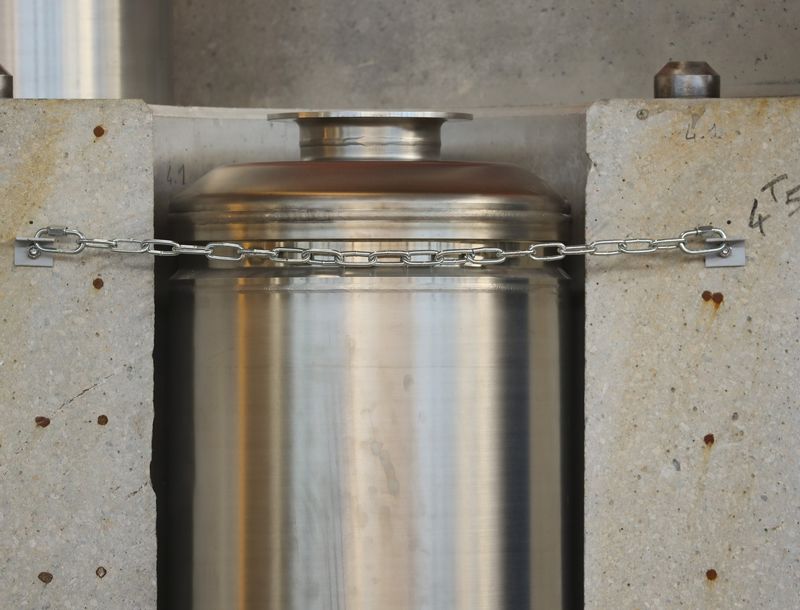The world needs abundant, low-emission power, and advanced nuclear reactors for years have promised an attractive source of that, as well as a supplement to intermittent renewable energy from the Sun and wind.
So-called small modular reactors (SMRs), which can generate up to a third of the power of existing gigawatt-scale plants, are promoted as less expensive and cumbersome than conventional light-water reactors.
Regulatory and other barriers preventing their construction are substantial – and have eclipsed scrutiny of proponents’ claims about radioactive waste, according to research published today in the journal Proceedings of the National Academy of Sciences. The authors cite one U.S. report stating that highly radioactive wastes could fall 94% by mass and 80% in long-lived radioactivity with the switch to advanced reactors.
The study looked at designs and specifications through license and patent applications for reactors that use water, sodium, or molten salt to cool reactors. The authors’ analysis of these new reactor designs suggests that the volume and chemistry of the waste they produce may pose safety challenges.
“There’s a general attitude that we don’t need to deal with SMR waste until they actually start generating the waste,” said Lindsay Krall, the lead author who conducted the research as a Stanford University postdoctoral fellow. “I would like to point out that, no, the whole development process back-end” needs to be solved at the beginning.
Compared with existing reactors, SMRs would generate up to 5.5 times more spent nuclear fuel per unit of power, the authors write. The actual amount of heat and radioactive particles in waste varies and depends on the energy pulled from the material during its use. Other forms of short- and long-lasting waste produced by SMRs would include reactor materials that become irradiated over the lifetime of the infrastructure. These can last up to 35 times and 30 times longer, respectively, than the waste of conventional reactors, Bloomberg reports.
Countries have spent decades trying to build underground storage facilities for nuclear waste. The main U.S. effort at Nevada’s Yucca Mountain ended in 2011 when Congress pulled its development funding. Two of the paper’s co-authors participated in a 2018 analysis about “resetting” the country’s nuclear waste storage policy. An approach developed in Sweden is moving forward there and in Finland.
The waste generated by certain kinds of SMRs may require a rethink of geological storage, Krall said. That’s because unlike conventional materials, molten salt reactors leave behind corrosive hydrofluoric acid that reacts with water in a manner that could cause self-propagating damage to containers.
An appendix to the PNAS paper includes a U.S. Department of Energy report Krall obtained through public-records laws showing that the government has yet to solve how to decommission an experimental molten salt reactor at Oak Ridge National Laboratory that operated for four-and-a-half years until 1969.


